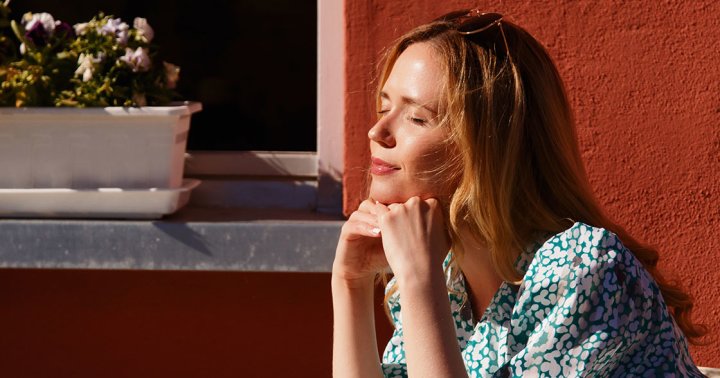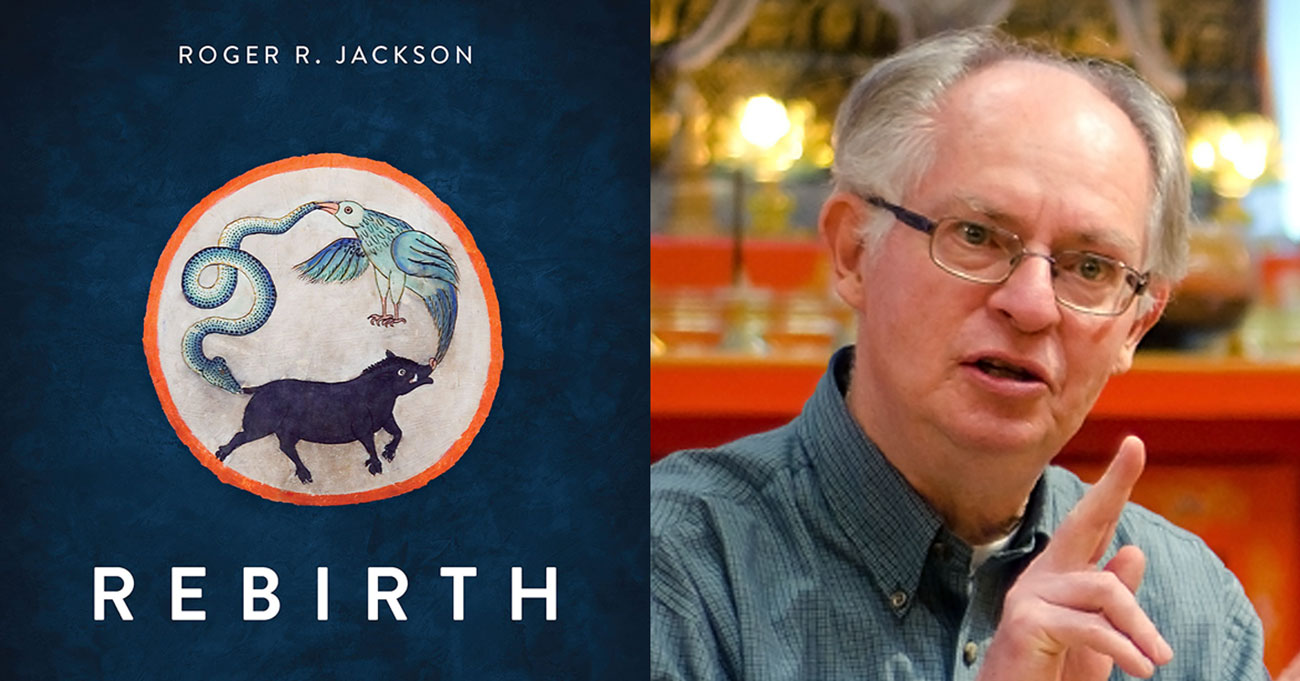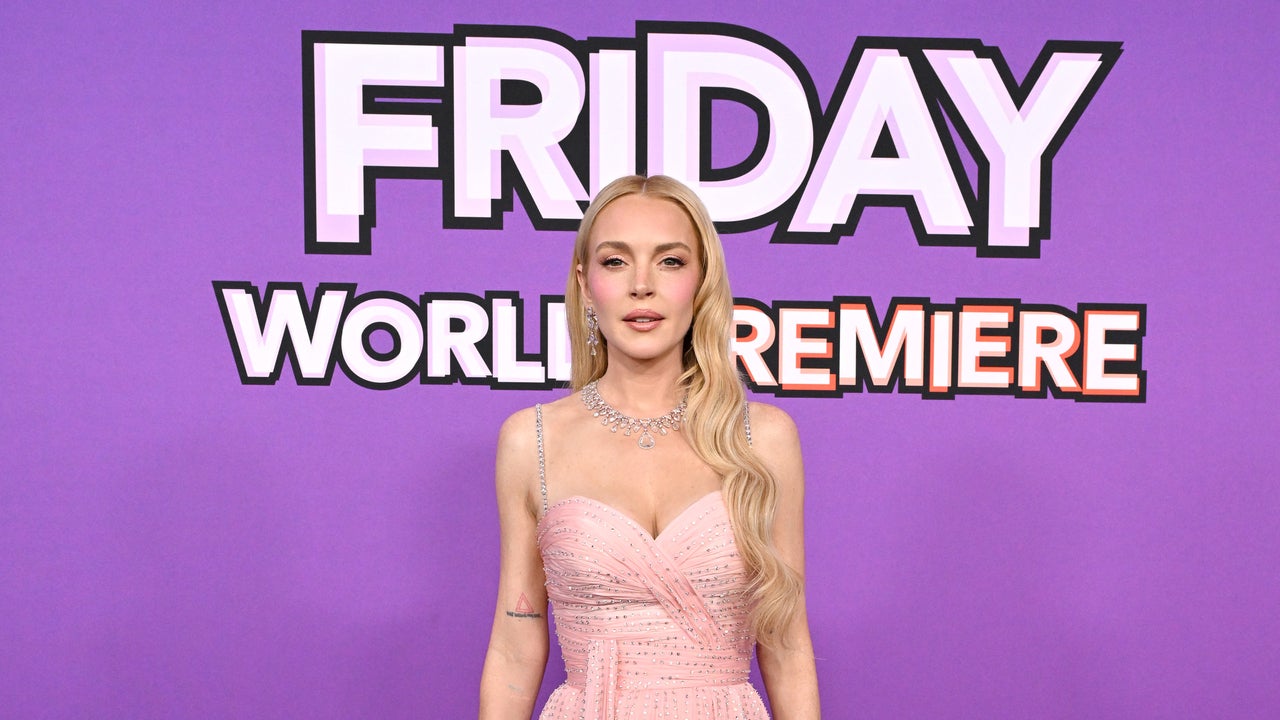The Watchers of the World: the Four Heavenly Kings in Buddhism, Their Mantras and Practice
When you visit a Mahayana Buddhist Temple, the looming and magnificent presence of the “Watchers of the World” or “Guardians of the World” — a translation of Locapala (लोकपाल ) — or the Four Heavenly Kings, is often...

 Four Heavenly Kings photo at Beihai Park Beijing China.
Four Heavenly Kings photo at Beihai Park Beijing China.
When you visit a Mahayana Buddhist Temple, the looming and magnificent presence of the “Watchers of the World” or “Guardians of the World” — a translation of Locapala (लोकपाल ) — or the Four Heavenly Kings, is often the most striking. They tower at the entrances to the Temple, guarding the doorways or flanks the altars, usually magnificently carved and painted with fierce expressions and weapons in hand.
 Temple King Todaiji Temple.
Temple King Todaiji Temple.
Although they tend to be spectacularly displayed in Chinese and Japanese Temples, they are revered in most Buddhist traditions, with practices and names in Pali, Sanskrit, Sinhala, Burmese, Chinese, Japanese, Korean, Vietnamese, Tibetan Mongolian, Tai, and Pali — and English. (See Our Table inset below.)
 Four Guardian Kings in Burmese Art.
Four Guardian Kings in Burmese Art.
Catur Maharaja: Four Heavenly Great Kings
Known as the “Caturmahārāja” in Sanskrit — “Maha” meaning great and “Raja” meaning king — they have an important role within the Buddhist doctrine. Each one of these magnificent entities presides over one cardinal direction of our world.
These Four Great Kings, the “Sì Dàtiānwáng” as referred to in Chinese mythology, are not just symbols but certain embodiments of Buddhist virtues. They are venerated in the Hall of Four Heavenly Kings, a standard component of Chinese Buddhist temples. As a spiritual seeker, when you delve into the teachings of Buddhism, these figures become more than mere mythology. They become beacons of the virtues you strive to cultivate within yourself. Simultaneously, they serve as constant reminders of the universal laws which govern us all.
 Virupaksa Western King Jikoji Komokuten or “he who sees all”
Virupaksa Western King Jikoji Komokuten or “he who sees all”
Guardians of the Cardinal Directions: Meet the Four Heavenly Kings
Leading these illustrious beings is none other than the chief Vaisravana, known as the “King of the North.” Vaisravana, Kubera in other Indian traditions, is considered as the patron of warriors and represents wealth, prosperity, and preservation in his role as the Guardian of the North(1). His symbolic creature, the yaksha, which can be spotted holding a mongoose spewing jewels, reaffirms his association with wealth(2).
 In Tibetan style, Namtoshe Vaisravana emanation of the Jambhalas, mounted on a snow lion.
In Tibetan style, Namtoshe Vaisravana emanation of the Jambhalas, mounted on a snow lion.
“Vaisravana, the Guardian of the North, is the embodiment of wealth and prosperity. He serves to remind Buddhists of the blessings of abundance and the need for ethical distribution of wealth.”
 Relief of the Chief of the Four Kings Vaisravana in Chinese Style. Vaisravana (Pali), Vaisravana (Sanskrit), 多聞天 (Chinese), 多聞天 (Kanji)
Relief of the Chief of the Four Kings Vaisravana in Chinese Style. Vaisravana (Pali), Vaisravana (Sanskrit), 多聞天 (Chinese), 多聞天 (Kanji)
The remaining three kings each carry their unique symbolism and dominion – Virudhaka, the King of the South, symbolizes growth and improvement. His blue color stands for the heaven of the south and he wields a sword that represents his authority(1). – Dhritarashtra, the King of the East, holds a lute, a symbol of harmony, peace, and equilibrium. He represents power, protection, and upholding of the law(2). – Finally, Virupaksha, the Guardian of the West, represents knowledge and oversees all actions of mankind. The divine serpent or dragon accompanying him, symbolic of rain, links him with agricultural fertility(3).
The Names in Different Regions and Languages
| Script | ||
| English | Four Heavenly Kings | Four Heavenly Kings |
| Sanskrit | Caturmahārāja / Caturmahārājikādeva | चतुर्महाराज |
| Pali | Catu-Mahārāja | |
| Chinese | Sì Dàtiānwáng | 四大天王 |
| Japanese | Shitennō | 四天王 |
| Korean | Sacheonwang | 四天王/사천왕 |
| Mongolian | Tengeriin dörwön xaan | ᠳᠥᠷᠪᠡ ᠮᠠᠬᠠᠷᠠᠨᠵᠠ |
| Tagalog | Apat na Hari sa Langit | ᜀᜉᜀᜆ ᜈᜀ ᜑᜀᜒ ᜐᜀ ᜎᜀᜈᜄᜒᜆ |
| Thai | Chatumaharacha | จาตุมหาราชา |
| Tibetan | Rgyal chen bzhi | རྒྱལ༌ཆེན༌བཞི༌ |
 Northern King Vaisravana (Pali), Vaisravana (Sanskrit), 多聞天 (Chinese), 多聞天 (Kanji) Duowen Tianwang statue at Lingyin Temple.
Northern King Vaisravana (Pali), Vaisravana (Sanskrit), 多聞天 (Chinese), 多聞天 (Kanji) Duowen Tianwang statue at Lingyin Temple.
Protectors of the Dharma: How the Four Heavenly Kings Safeguard Buddhist Teachings
As a practitioner of Buddhism, you might be aware of the title ‘Protectors of the Dharma’ often associated with the Four Heavenly Kings. This title goes beyond mere honorifics; it symbolizes the noble mission these deities commit to – safeguarding the teachings of the Dharma.
 Eastern King Dhrtarastra (Pali), Dhrtarastra (Sanskrit), 東洲施楽天 (Chinese), 東洲施楽天 Chiguo Tiangwang statue Lingyin Temple.
Eastern King Dhrtarastra (Pali), Dhrtarastra (Sanskrit), 東洲施楽天 (Chinese), 東洲施楽天 Chiguo Tiangwang statue Lingyin Temple.
The Four Heavenly Kings, entrusted with the sacred duty of safeguarding the Dharma and Buddhist practitioners, are believed to accomplish this mission in a two-fold way. First, they are perceived as warrior-kings, warding off any evil or distractions that might disrupt the peaceful practice of the Dharma. Secondly, they are seen as nurturing deities who promote the spread and sustenance of Dharma by means of good climate and conditions favorable for agricultural pursuits, thus ensuring the survival and stability of human societies where the Dharma can flourish.
| Name (Pali, Sanskrit, Chinese, Kanji, Hangu, Vietnamese, Korean, Filipino Burmese, Tibetan, Mongolian, Thai) | Vaisravana (Pali), Vaisravana (Sanskrit), 多聞天 (Chinese), 多聞天 (Kanji), Vaisravana (Hangu), Vaisravana (Vietnamese), 부자분천 (Korean), Vaisravana (Filipino Burmese), རྣམ་ཐོས་སྲས་ (Tibetan), Vaisravana (Mongolian), ท้าววัชราวณะ (Thai) | Dhrtarastra (Pali), Dhrtarastra (Sanskrit), 東洲施楽天 (Chinese), 東洲施楽天 (Kanji), Dhrtarastra (Hangu), Đạo Pháp (Vietnamese), 지광천 (Korean), Dhrtarastra (Filipino Burmese), ‘gro-mgon (Tibetan), Дхртараштра (Mongolian), ท้าวทวารวดี (Thai) | Virudhaka (Pali), Virudhaka (Sanskrit), 增長天 (Chinese), 增長天 (Kanji), Virudhaka (Hangu), Vị Dư Đắc (Vietnamese), 줄창천 (Korean), Virudhaka (Filipino Burmese), ཕགས་སྐྱེས་ (Tibetan), Вирудхака (Mongolian), ท้าววิรูฬหกัง (Thai) | Virupaksa (Pali), Virupaksa (Sanskrit), 廣目天 (Chinese), 廣目天 (Kanji), Virupaksa (Hangu), Rộng Mắt (Vietnamese), 광목천 (Korean), Virupaksa (Filipino Burmese), སྤྱན་མི་བཟང་ (Tibetan), Вирупакса (Mongolian), ท้าววิรูปักษ์ (Thai) |
| Meaning | he who hears everything | he who causes to grow | he who upholds the realm | he who sees all |
| Symbols | Stupa, umbrella, mongoose | Stringed instrument Pipa | Sword | Pearl, Stupa, serpent |
| Animal | Lion or Snow Lion | White elephant | Blue dragon | Red bird or pheonix |
| Color | Yellow (or green) | White | Blue | Red |
| Followers | Yakshas | Gandharvas | Kumbhandas | Nagas |
| Direction | North and Chief | East | South | West |
| Controls | Wealth, food, and rain | Wind and music | Growth and improvement | All bodies of water |
 Northern King Vaisravana king of the Yakshas Xiengyod Guardian of Phra Meru Mas of Bhumibol Adulyadej.
Northern King Vaisravana king of the Yakshas Xiengyod Guardian of Phra Meru Mas of Bhumibol Adulyadej.King of the North, Vaiśravaṇa
The King of the North, Vaiśravaṇa, is the leader of the Four Heavenly Kings, and bestows wealth upon those who tread the path of Dharma. Known as the ‘Great Listener’, he listens to requests, grants gifts, and ensures that the Dharma is followed, lauded, and protected. He is a form of Jambhala.
 Dhrtarastra of the East, King of the Gandharvas Guardian of Phra Meru Mas of Bhumibol Adulyadej.
Dhrtarastra of the East, King of the Gandharvas Guardian of Phra Meru Mas of Bhumibol Adulyadej.
King of the East, Dhrtarastra
The King of the East, Dhrtarastra, is celebrated for maintaining the state and preventing the Dharma from deviating. He protects the beings in his realm, encouraging harmony, understanding and respect of the Dharma, while holding a lute, symbolic of the harmony he protects.
 Virudhaka King of the South and King of the Kumbhandas, Guardian of Phra Meru Mas of Bhumibol Adulyadej.
Virudhaka King of the South and King of the Kumbhandas, Guardian of Phra Meru Mas of Bhumibol Adulyadej.
King of the South, Virūḍhaka
The King of the South, Virūḍhaka, famous for increasing goodness, carries a sword–a symbol representing the wisdom which cuts through ignorance, fostering the growth and nurturing understanding for all beings to grow within the Dharma.
 Virupaksa, King of the West, King of the Nagas, Guardian of Phra Meru Mas of Bhumibol Adulyadej.
Virupaksa, King of the West, King of the Nagas, Guardian of Phra Meru Mas of Bhumibol Adulyadej.
King of the West, Virūpākṣa
The King of the West, Virūpākṣa, sees all that happens in the realm, spotting and warding off any threats to the Dharma. His snake and stupa are symbols of his enduring vigilance.
All these Kings work together, preserving the sacred wheel of Dharma, ensuring its stability and propagation throughout the world. For Buddhist practitioners like you, they embody protection, immense support and constant encouragement on your path of Dharma. They are not only guardians of the Dharma teachings but also defenders of your journey towards enlightenment and liberation. [4]
 Virudhaka (Pali), Virudhaka (Sanskrit), 增長天 (Chinese), 增長天 (Kanji) Zenzhang Tianwang of the South. Lingyin Temple.
Virudhaka (Pali), Virudhaka (Sanskrit), 增長天 (Chinese), 增長天 (Kanji) Zenzhang Tianwang of the South. Lingyin Temple.
Mantras of the Four Great Kings
Dhṛtarāṣṭra
Spotlighting the East is King Dhṛtarāṣṭra, clothed in radiant white and clutching a lute. He presides over the Gandharvas, who are celestial musicians. His name translates to “guardian of lands”.
Interestingly, the lore of the Mahābhārata speaks of a King Dhṛtarāṣṭra, the main action of the epic revolves around a war fought between the King’s progeny and their cousins, the children of his younger brother Pāndhu. This fight for the Kuru throne sparked heated conflict between the Kauravas and the Pāndavas. While this tale is widely thought to depict a real war, its historical timing continues to be a topic of debate among scholars.
oṃ dhṛ ta rā ṣṭra ra lā pra vā dha na svā hā
oṃ dhṛtarāṣṭra ralāpravādhana svāhā
Virūḍhaka
The Southern King, appearing in verdant hues, clutching a sword. A ruler of the Kumbhāṇḍas, his name translates to “constantly expanding”.
The term Kumbhāṇḍas refers to a fantastical group of demons imagined with oversized bellies and testicles shaped like a kumbha or pot, as indicated in the Sutherland’s interpretation. The Pāli commentaries further amplify this image, asserting that their stomachs were extraordinarily large and their genitalia alike pots, earning them their peculiar name. (DA.iii.964)
oṃ vi rū ḍha ka kuṃ bhāṃ ḍā dhi pa ta ye svā hā
oṃ virūḍhaka kumbhāṇḍādhipataye svāhā
Virūpākṣa
The Western direction is ruled by Virūpākṣa. Often depicted in a vibrant shade of red, he is recognized by the stūpa he carries and a snake, or nāga, symbolizing his status as the King of the Nāgas. His name loosely translates to “the one who sees all”.
A deeper exploration of Virūpākṣa’s symbolisms leads one to a parallel with the Vedic god Varuṇa. Originally worshipped as a sun god and often linked with Mitra, Varuṇa stood for the guardian of ṛta, the cosmic pattern. His significance evolved in the Hindu Epics, where he was designated the guardian of waters and began to share an association with aquatic beings such as the nāgas. Some experts even draw similarities between Virūpākṣa and the Greek Titan Uranus, owing to the phonetic similarity in their names.
oṃ vi rū pā kṣa nā gā dhi pa ta ye svā hā
oṃ virūpākṣa nāgādhipataye svāhā
“Virūpākṣa nāgādhipataye” can be translated as Virūpākṣa Lord of the Nāgas.
Vaiśravaṇa
Colored yellow, lauded as the King of the North, Vaiśravaṇa reigns. Often depicted clutching a victory banner and a mongoose bursting forth with jewels, he is regarded as the monarch of the Yakṣas.
Delving deeper into his origins, Vaiśravaṇa wears many titles. Among them is ‘Kubera’, a name referenced in the Śatapatha Brāhmaṇa. Elsewhere, in the great epic, the Mahābharata, he is christened as Vaiśravaṇa, the offspring of Pulstya and half sibling to the formidable Rāvaṇa. Kubera is a bearer of wealth and fortune – symbolism drawn from the imagery of the jewel-spitting mongoose. Over the city of Khotan, Vaiśravaṇa watches, its patron deity.

oṃ vai śra va ṇa ye svā hā
oṃ vaiśravaṇaye svāhā
Sì Dàtiānwáng: The Stories of the Four Heavenly Kings
Beginning our exploration into the world of “Sì Dàtiānwáng,” the Four Heavenly Kings occupy an eminent position. As protectors of the world, these kings, each watching over a cardinal direction, play a crucial role in the cosmological blueprint of Buddhist cosmos These divine entities encompass complexities beyond our mortal understanding. But don’t worry, we’re here to make sense of this profound mythology, together.
In the rich tapestry of Buddhist lore, the Four Heavenly Kings are known as Dhṛtarāṣṭra (east), Virūḍhaka (south), Virūpākṣa (west), and Vaiśravaṇa (north). Epitomizing authority and auspice provide protection against resentful spirits and promote the Dharma among humans. But remember, their influence is not merely an earthly matter. They also safeguard the Trāyastriṃśa, the second heaven where the former humans reside after rebirth.
Delving a bit deeper, we find fascinating aspects about each king.
Dhṛtarāṣṭra, the King of the East, boasts a profound ability to transform liabilities into assets. Virūḍhaka, the King of the South, has the potential to proliferate the virtuous traits within us. Virūpākṣa, the King of the West, keeps an ever-watchful eye on us, ensuring we do not stray from the righteous path. Vaiśravaṇa, the King of the North, proves as a bountiful sponsor of wealth and prosperity.From improving our strengths to taming our weaknesses, these kings function as an ethereal task force to help humans achieve spiritual enlightenment.
Sources
Buswell, Robert Jr; Lopez, Donald S. Jr., eds. (2014). “Four Heavenly Kings”. Princeton Dictionary of Buddhism. Princeton University Press. p. 315. Ury, Marian. (1977). “Mañjuśrī Rides Again: Tales of the Holy Monks of Mt. Shigi”. The Journal of the Association of Teachers of Japanese. 12 (2): 103–128. Malalasekera, G. P. (1937). “Dictionary of Pāli Proper Names”. Asian Educational Services. p. 720. Hodge, Stephen (2003). The Mahā-Vairocana-Abhisaṃbodhi Tantra: With Buddhaguhya’s Commentary. RoutledgeCurzon.Matics, Marion L. (1977). “Entrance to the Dharmadhātu”. In Anthony Kennedy Warder (ed.).A Companion to Buddhist Philosophy. Gathered from various Buddhist texts such as the Chinet Classics, Da zhidu lun, and Digital Dictionary of Buddhism, as well as academic scholars like Zürcher (2007) and Bingenheimer (2013). Visible Mantra: https://www.visiblemantra.org/kings.html

 Fransebas
Fransebas 





























.jpg&h=630&w=1200&q=100&v=154b70b92d&c=1)